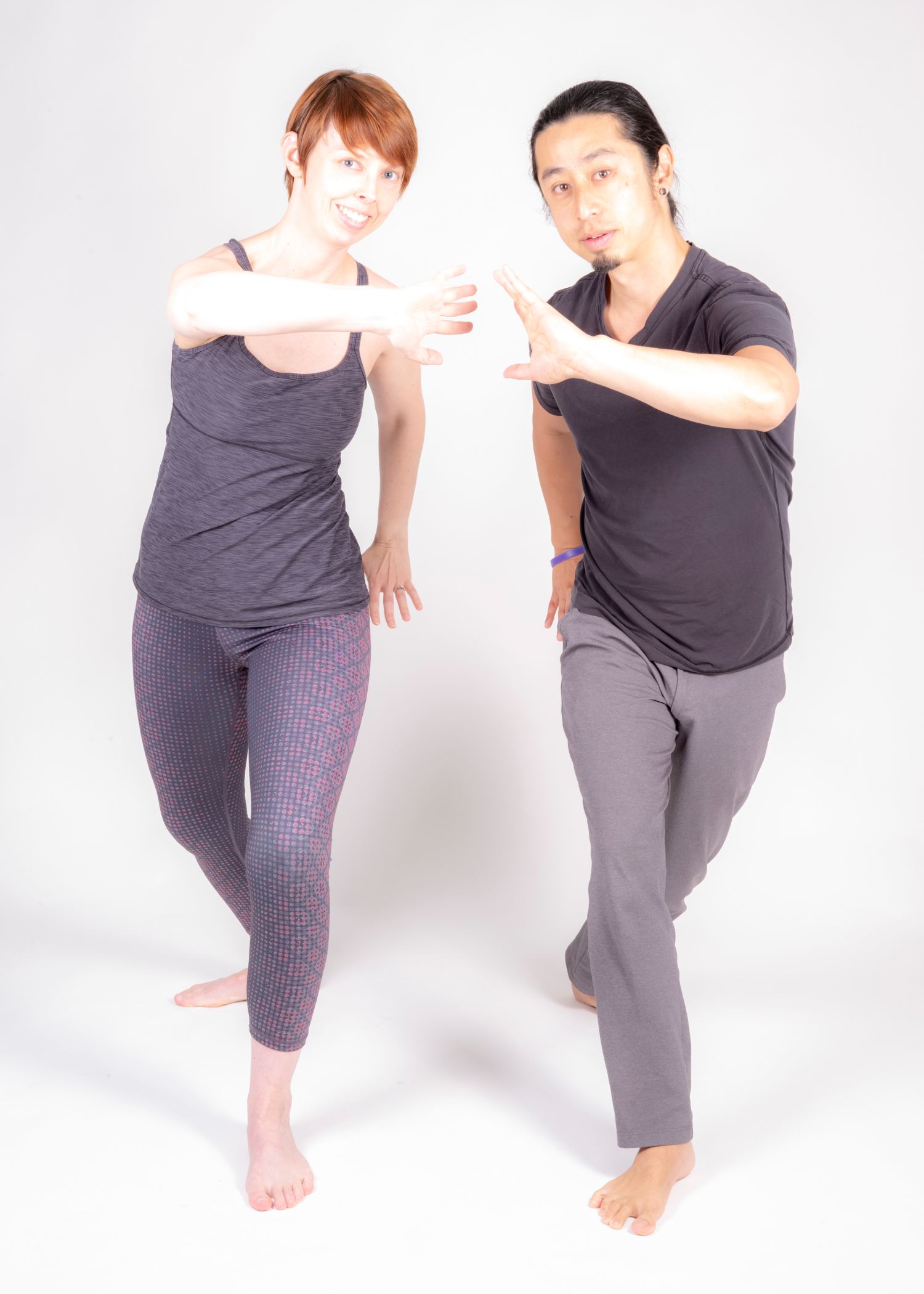Our brains and hearts are wired for love. We are social and emotional beings. When we fall in love with someone, we are often fueled with intense feelings of attraction and ecstasy, butterflies in your stomach, and uncontrollable thoughts of passion. Our feel-good hormone (dopamine) and bonding hormone (oxytocin) get super-charged, creating sensations of pleasure, connection, and attachment to that person. Those that have experienced romantic love know that when the honeymoon phase is over, the real work of building a lasting relationship begins. We may argue more, get bored or annoyed by certain behaviors, or leave the relationship. Fortunately, the four immeasurables in Eastern philosophy help cultivate lasting, real love in everyday life by strengthening and liberating our heart capacities beyond romantic love. These four qualities are loving-kindness, compassion, sympathetic joy, and equanimity. They have the power to nourish a broken heart, calm an overactive mind, transform emotional reactive patterns, and let go of the negative thinking in our conditioned minds.
Loving kindness is a tender and benevolent affection toward others. Have you noticed it’s hard to be kind to challenging people? When we are overly critical of others (or even ourselves) for making mistakes, not showing up ethically, or not meeting expectations, we guard our hearts, inhibiting us from feeling loving kindness. This pattern (often sourced from childhood or traumatic experiences) will create negative thoughts or narratives that are deeply programmed in our brain chemistry. Unfortunately, the more we judge ourselves, the more we are inclined to project our fears, judgments, and insecurities onto our significant partners, friends, or colleagues. By developing loving kindness through self-inquiry and meditation, our hearts soften, and defense mechanisms eventually dissolve. We begin trusting and treating ourselves with more warmth, tenderness, and kindness. We take on the view that “everyone wants to be happy.” Over time, we become aware of our emotional triggers, embrace our experiences as a gift for learning, have more space to love without expectations, communicate our needs more clearly, make time for self-care, and realize everyone is experiencing some level of pain and suffering.
Compassion is the ability to be with our own and others’ pain and suffering with an open heart. Cultivating loving kindness paves the way for being compassionate to ourselves and others. I learned the art of compassion from my own and my mother’s healing journeys. In my early thirties, I was diagnosed with chronic fatigue syndrome, which comprised of adrenal exhaustion, hypothyroidism, and digestive imbalances. The condition was debilitating and altered my life trajectory. I felt shame and sadness that my body was extremely fatigued while my friends were healthy and pursuing their dreams. Inevitably, my pain became my purpose, motivating me to study nutrition, psychology, neuroscience, yoga, and meditation to better understand the healing power of our body, heart, and mind intelligences. Through healthy lifestyle changes, consistent yoga and meditation practice, and support from holistic health practitioners, I transformed my health, created an extraordinary life, and developed immense compassion for suffering. This was very useful when my mother was diagnosed with pulmonary fibrosis and advanced type 2 diabetes three years ago. A force of love propelled me to take right action. With support from family, we changed my mother’s diet and lifestyle, leveraging nutritional supplements and the latest health research. Today, at 86 years old, she engages in a local senior center and family gatherings, and her physical health and well-being have significantly improved. When we can meet our own suffering with acceptance, compassion, and understanding, we can be with the suffering of others, creating miracles for deeper connection, love, and transformation.
Sympathetic joy is the ability to be happy for others’ success. When we have compassion, we can more easily celebrate others’ joys, such as a loving marriage, successful career, financial freedom, or vibrant health. However, when we are in a state of suffering or dissatisfaction, we will most likely be afflicted with jealousy, anger, or aversion. Cultivating sympathetic joy requires gratitude for what we already have, embracing our imperfections, and deploying strategies for achieving goals that bring success and fulfillment. This restores our generosity and inherent capacity to experience joy for others’ happiness and success.
Equanimity is the ability to be with our experience without clinging or pulling away. It requires stepping away from a situation that pushes our buttons and observing our reactivity with sincere honesty. No matter what arises, we meet life with open, responsive, and balanced hearts and minds. We let go of aversion or attachment to a specific outcome and we be with what is, without controlling or changing the situation. This invites us to experience our fear, frustration, sadness, pain, and joy with more spaciousness and stillness, rather than suppression and aggression. A balanced heart does not mean we do not feel our pleasure or pain; it means staying open, neutral, and patient, as well as holding our emotions with tenderness and compassion without labeling them as “good” or “bad.” By developing equanimity, we build capacity to be with our vulnerability and reactivity without judgment, communicate with more courage, and take responsibility for creating real love in our lives, relationships, and world.














5 replies on “How To Create Space for Real Love in Your Life”
What a great article. Thank you Mary for explaining these concepts and sharing the practice of real love with us.
This is my first exposure to the four immeasurables. Thank you for the thoughtful inspiration today!
Thank you Mary ! Your explanation of the four Immeasurables is excellent!
Thank you!
Beautiful article about love! I know I feel deeply blessed to have found this kind of love and agree with your lovely thoughts!❤️